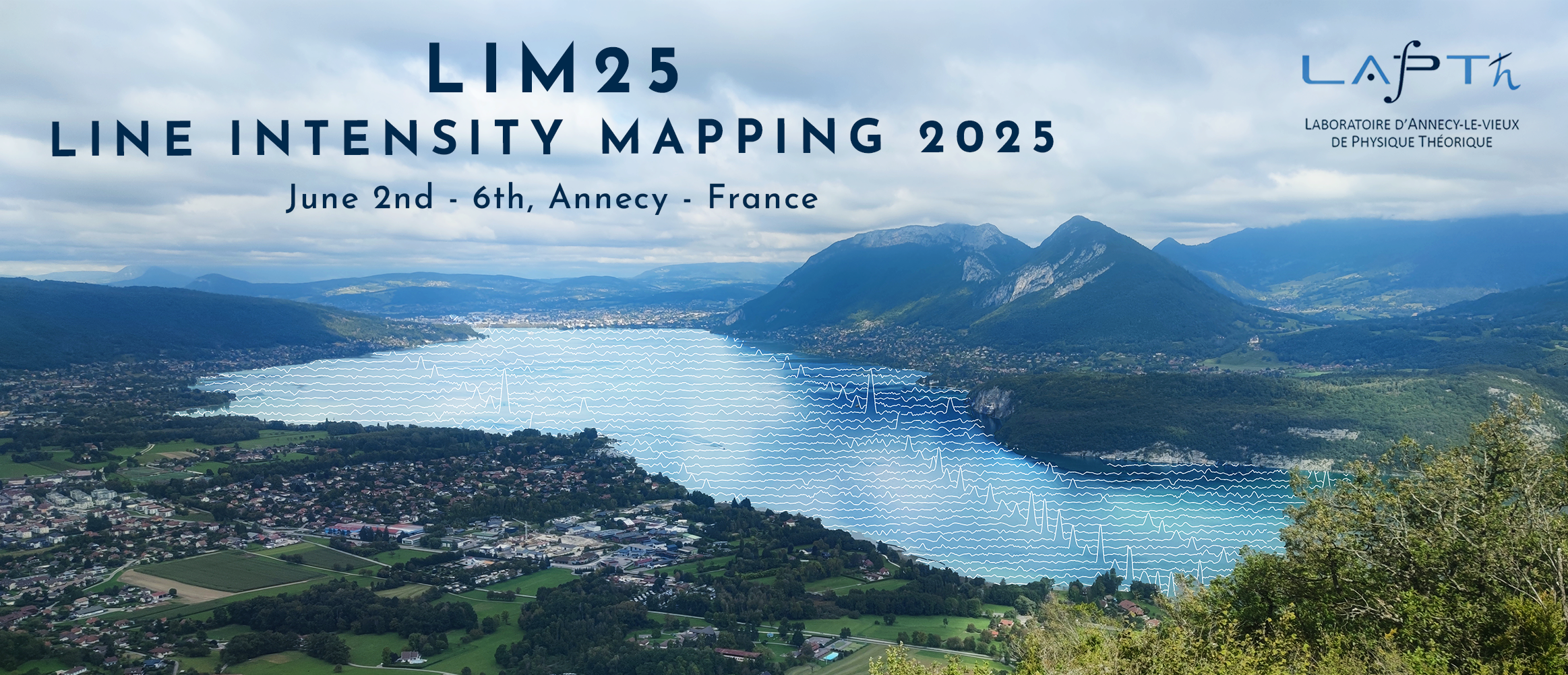Orateur
Description
Mapping the distribution of neutral hydrogen through its 21 cm emission line provides a powerful cosmological probe for studying large-scale structures. The Canadian Hydrogen Intensity Mapping Experiment (CHIME), a drift-scan radio interferometer located in British Columbia, Canada, maps this redshifted 21cm HI emission across the frequency bandwidth of 400-800 MHz. In this talk, I will present an analysis framework for interpreting HI power spectrum measurements from CHIME. I will discuss our methodological approach for extracting cosmological and astrophysical parameters, addressing parameter constraints and degeneracies. I will outline the critical challenges for robust parameter extraction, particularly the effects of instrumental response and foreground contamination. Additionally, I will present a comparative analysis placing CHIME's capabilities in context with other 21 cm experiments, highlighting the complementary nature of different observational strategies.

